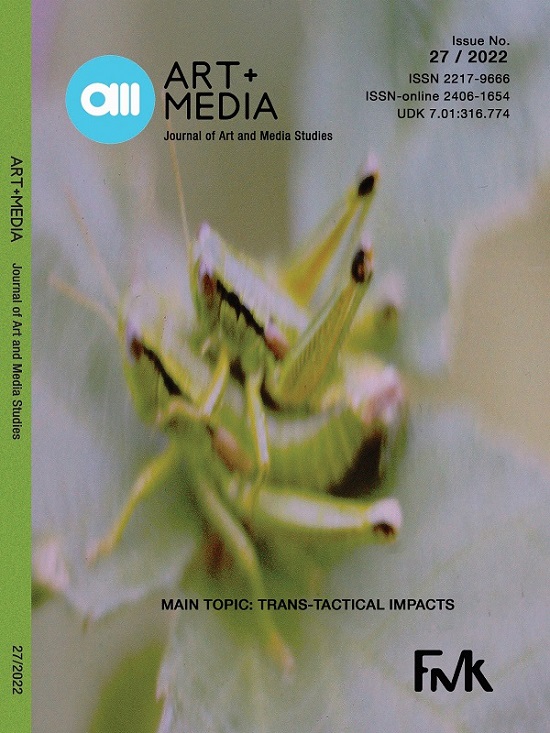The Impacts of Digitalization on Traditional Forms of Art
The Impacts of Digitalization on Traditional Forms of Art
Author(s): Sara TvrdišićSubject(s): Visual Arts, Aesthetics
Published by: Fakultet za medije i komunikacije - Univerzitet Singidunum
Keywords: transmediality; transtextuality; multimodality; digitalization; national heritage; interactivity; websites.
Summary/Abstract: During the technological revolution, many aspects of human perceptions changed. Now with the method of digitalization, paintings that were once oil on canvas or huge works of art posted in galleries have become merely a replica of themselves, with binary code in the background. The materiality of art has been transferred into a new digital world with code, more familiar to be read by an AI than by humans. Transmediality, at the same time, opens a new concept of perception and changes the way a piece of art should be examined. The main goal of this paper is to determine the key points of transmediality and how they impact artistic and media practices. Through the theories of transmediality, multimodality, and transtextuality, this paper aims to answer how to analyze traditional artistic forms, such as paintings, sculptures, music, literature, analog photographs, films, and architecture that are now digitized into virtual website tours with a digital code mediator. This paper aims to show whether it is necessary to be present in person to view the original piece of art in a gallery, museum, archaeological site, cinema, or whether a good virtual replica is adequate. In the case of the latter, will our perspective of art in the future change, so that the majority of new art and national cultural heritage will only exist in virtual reality, with an endless number of originals that can be replicated with just one click?
Journal: AM Časopis za studije umetnosti i medija
- Issue Year: 2022
- Issue No: 27
- Page Range: 87-101
- Page Count: 15
- Language: English

